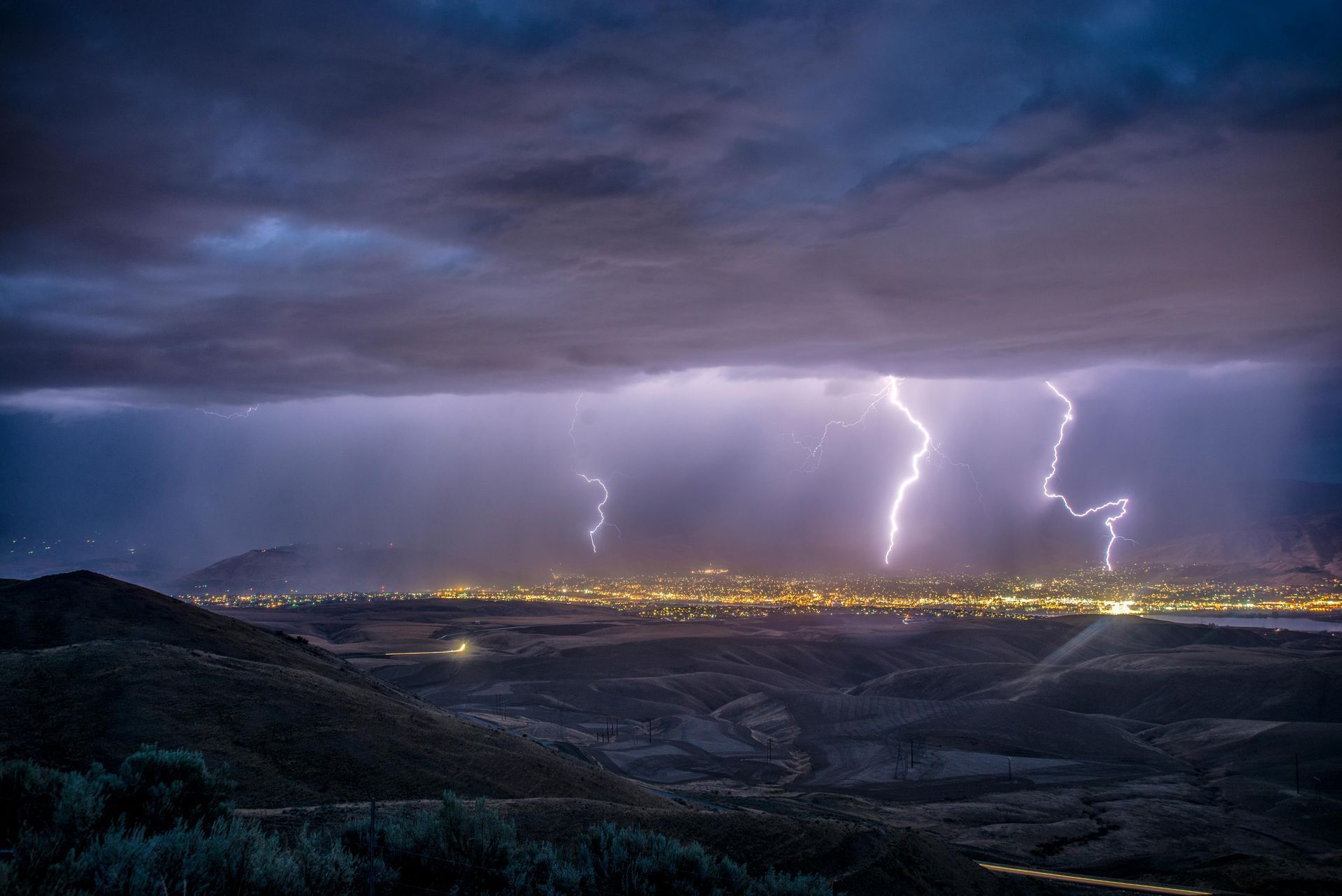When the Weather Turns
Managing Severe Weather on School Excursions

Sudden severe weather thunderstorms, hail, flash floods, or high winds—can transform a straightforward excursion into a high-pressure scenario in minutes. Even the most carefully planned itinerary can be rendered unsafe, forcing leaders to make critical decisions under immense pressure.
I’ve been caught in situations where the weather turned so quickly that the original activity became untenable before we could even regroup. The ability to respond effectively in these moments doesn't come from luck; it comes from rigorous preparation, clear communication, and a flexible, pre-approved plan.
The Foreseeable Risk of Unpredictable Weather
While you can’t predict the exact moment a storm will hit, the risk that it might happen is entirely foreseeable. This is a critical distinction in your duty of care. Acknowledging this means that planning for severe weather isn't an optional extra; it's a fundamental component of your risk assessment.
Four Pillars of a Dynamic Weather Contingency Plan
An effective response to severe weather isn't about improvisation; it's about activating a well-rehearsed plan. Your planning should be built on four key pillars.
1. Proactive Monitoring & Clear Triggers
Your plan begins before you even leave school. It involves constant monitoring and pre-defined decision points.
· Monitor Actively: Check the long-range forecast before the trip, and use real-time weather apps and alerts on the day.
· Establish "Stop Activity" Triggers: These are non-negotiable rules that remove subjective judgment in a crisis. For example, lightning within a 10 km radius, wind gusts above 60 km/h, or a specific flash flood warning.
These triggers can be automated in Xcursion Planner to provide alerts when bad weather is approaching.
2. Robust Shelter & Relocation Plans
Knowing when to stop is only half the battle; you also need to know where to go.
· Identify Shelter Points: For any itinerary, pre-identify safe shelter points (solid buildings, vehicles) along the route or within venues.
· Plan for Relocation: Have a Plan B, and even a Plan C. A school sports day I helped manage had to be relocated mid-morning when wind gusts exceeded safe limits. Because our risk assessment in Xcursion Planner included triggered the wind warning, we transitioned all students within 30 minutes.
3. Reliable Communication Protocols
In a rapidly changing situation, communication is everything. Your team needs to be connected and informed.
· Establish Primary and Secondary Methods: Relying on a single mobile phone is not enough. Have backup options like group chats, satellite phones, or two-way radios.
· Centralise Contact Details: All staff, venue, and emergency contact details should be stored in an accessible place like Xcursion Planner for instant access.
Severe weather is unpredictable, but the risks it poses are manageable. By incorporating weather-specific monitoring, triggers, and contingency plans into your risk assessment process, you demonstrate a powerful commitment to your duty of care and ensure you are prepared to act decisively when it matters most.











